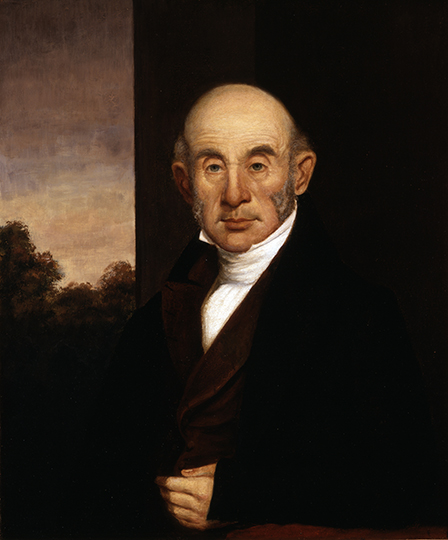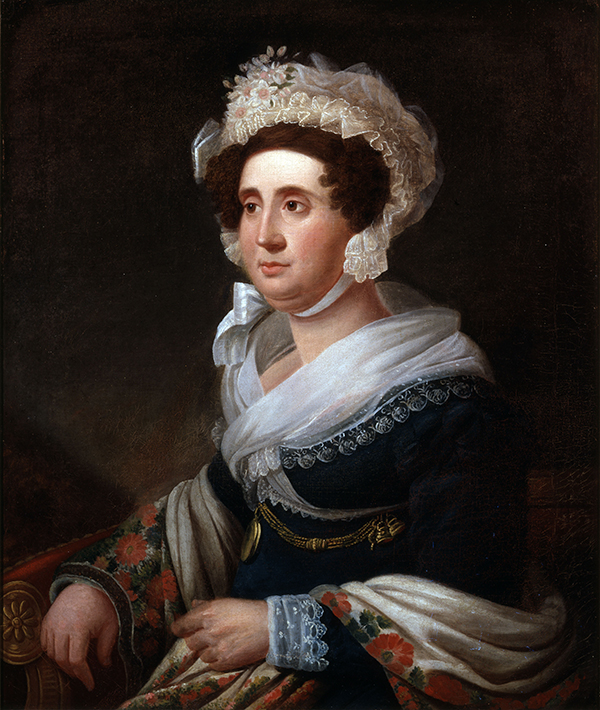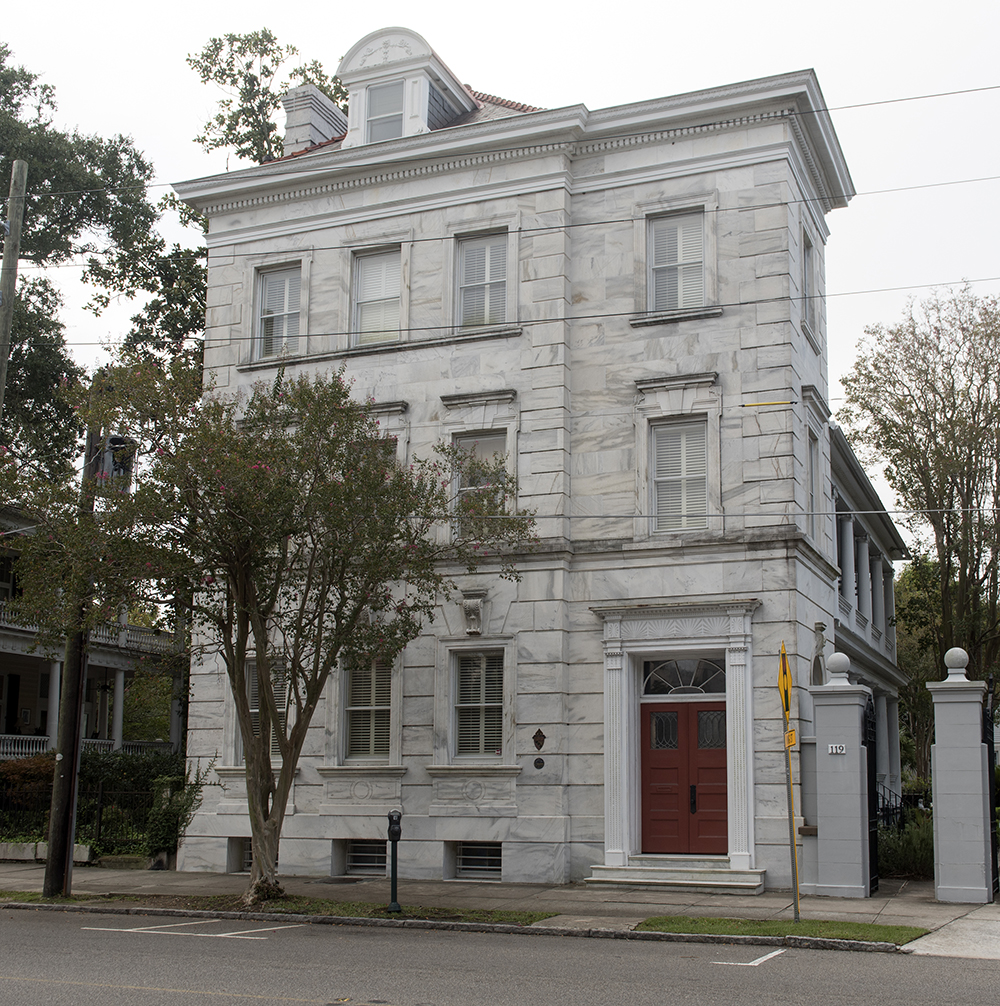Mordecai Cohen
One of the few Jews to become landed gentry
This is the home of Mordecai Cohen (1763–1848), an Eastern European immigrant who rose to great wealth and prominence. He purchased the house in 1811 for his growing family. A religious reformer, he was among the few Jews in Charleston to become a member of the landed gentry. His wife, Leah Lazarus Cohen (1778–1844), was the daughter of a middle class family of Sephardic lineage. The second of seventeen children of Marks and Rachel (Richa) Lazarus, she was seventeen in 1795 when she wed thirty-two-year-old Mordecai.
Born in Zamosc, Poland, Cohen had immigrated to Charleston by 1788. Beginning as a peddler and small shopkeeper, he became a powerful merchant and landowner, with plantation property on the Ashley River, extensive urban real estate, and a substantial enslaved labor force. Mordecai’s sons, David Daniel Cohen and Marx E. Cohen, owned estates near their father’s plantation. “Davey,” as the elder son was called, raised hogs on his plantation; he would not eat the meat, suggesting he kept kosher and was raising the swine for market. In 1838, a series of articles in the abolitionist journal The Emancipator told of the experiences of a man named Jim who worked in slavery on Davey Cohen’s plantation. “I ran away from Cohen,” he explained, “because he whipped me. A black man stole some hog meat. . . . The overseer . . . found it and then whipped me to make me tell who put it there.” There is no way to know if Cohen’s treatment of slaves was typical of the way other Jews treated theirs. Because he was a man of wealth, Cohen is easier to document than people of lesser means; the voice of a man he kept as a slave is a rare counterpoint.
In religious politics Mordecai Cohen was a reluctant reformer but he followed the lead of Kahal Kadosh Beth Elohim’s hazan Gustavus Poznanski and agreed to sign the petition for an organTwo years after the devastating 1838 fire, members of Kahal Kadosh Beth Elohim circulated a document advocating for the installation of an organ in the new synagogue, then under construction. The move was supported by hazan Gustavus Poznanski and reform-inclined congregants who wanted to enjoy instrumental music in synagogue worship. It was opposed by those who held to the traditional prohibition of instrumental music on the Sabbath. The “organ faction” won the day and the traditionalists left to form their own congregation, Shearit Israel. in 1840, offering to pay $350 for the instrument. (His wife’s brothers Michael and Benjamin Dores Lazarus had been among the earlier agitators for reform, signing the 1824 petition to KKBE’s adjuntaCouncil or governing body of a synagogue..)

Mordecai Cohen (1763–1848), ca. 1830
Portrait by Theodore S. Moïse (1808–1885). Image courtesy of the Gibbes Museum of Art/Carolina Art Association.
Leah Lazarus Cohen (Mrs. Mordecai Cohen) (1778–1844), ca. 1820
Portrait attributed to John Canter (1782–1823). Image courtesy of the Gibbes Museum of Art/Carolina Art Association.